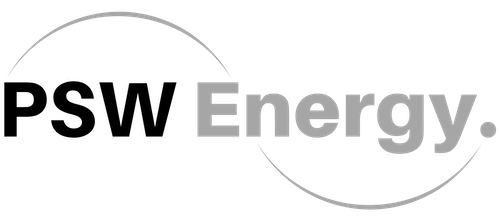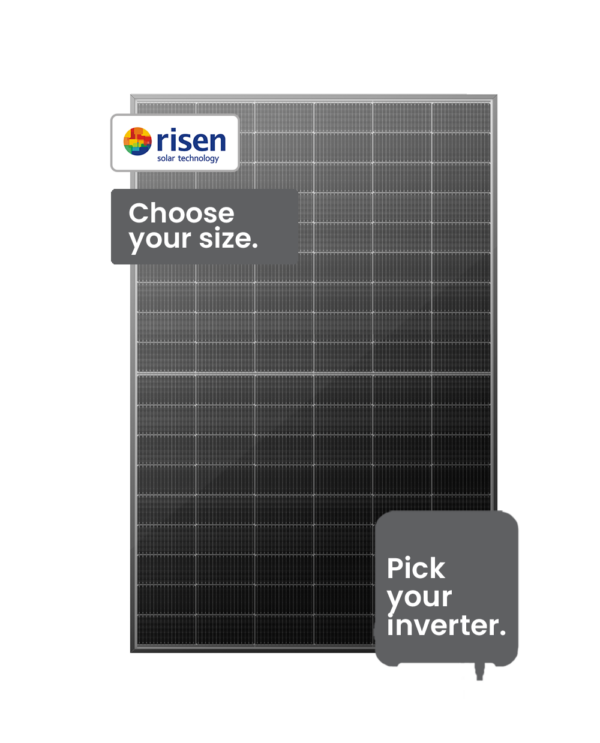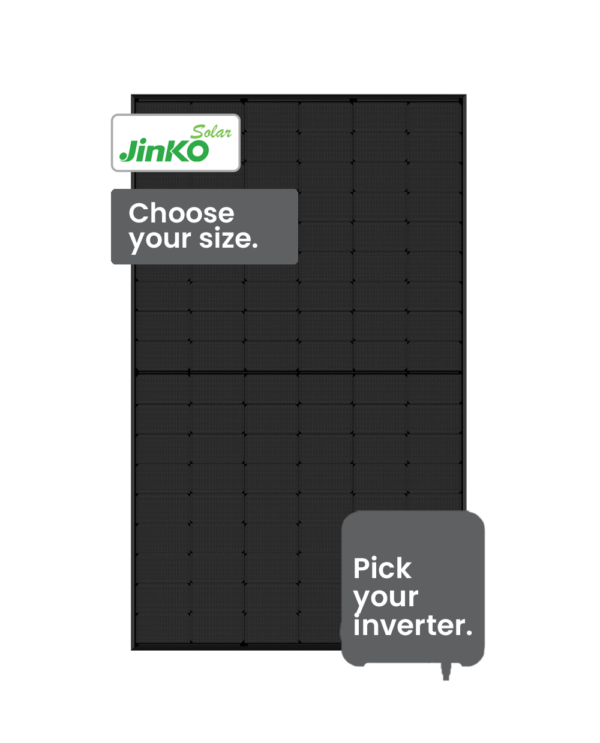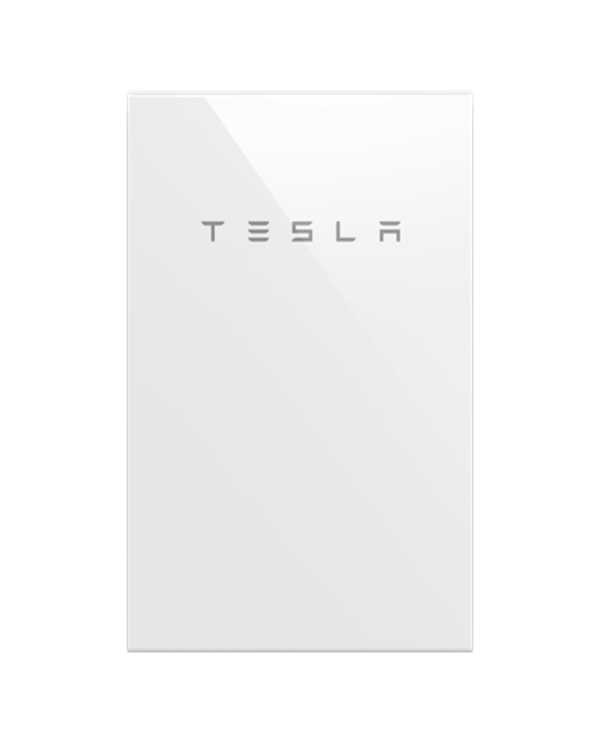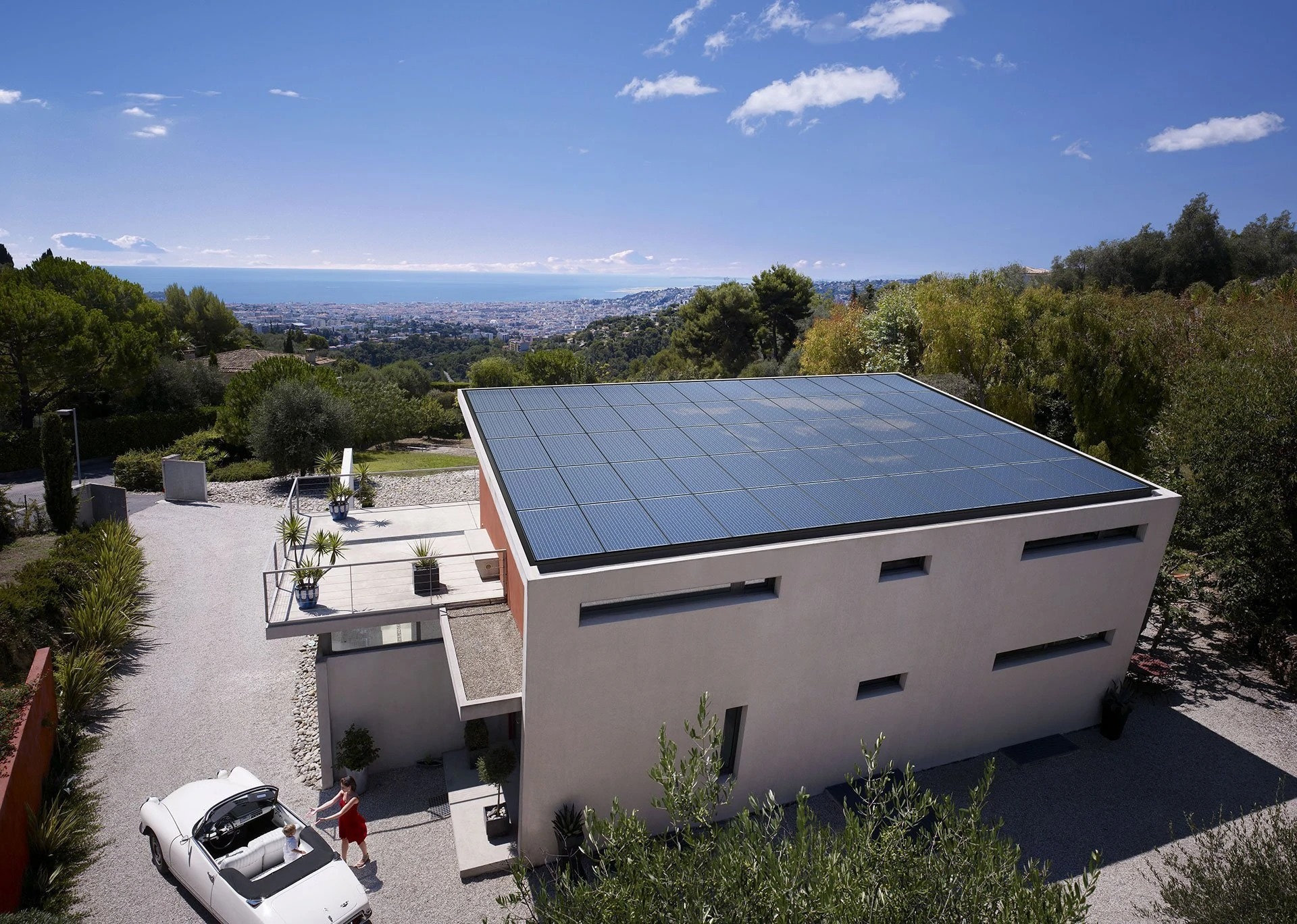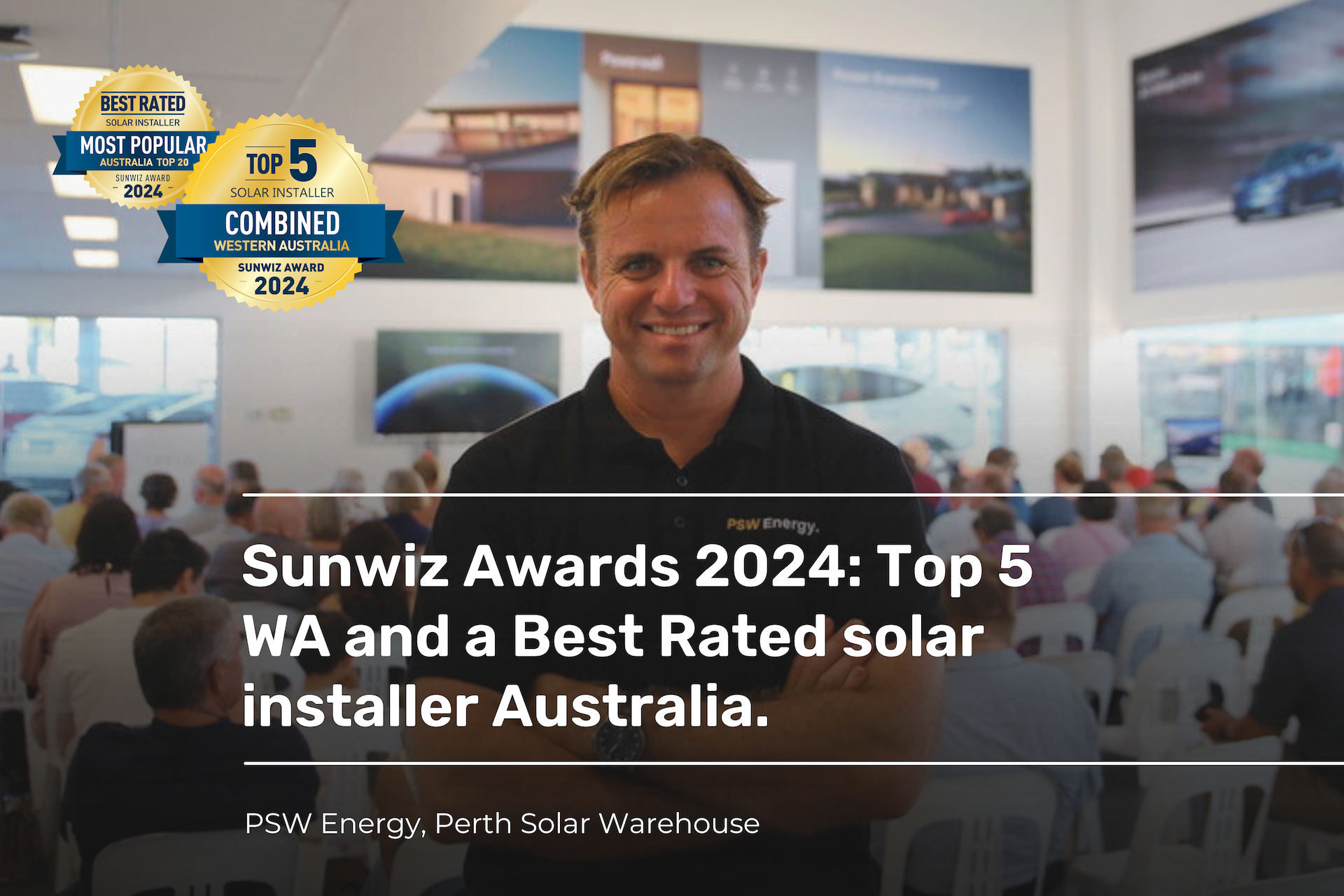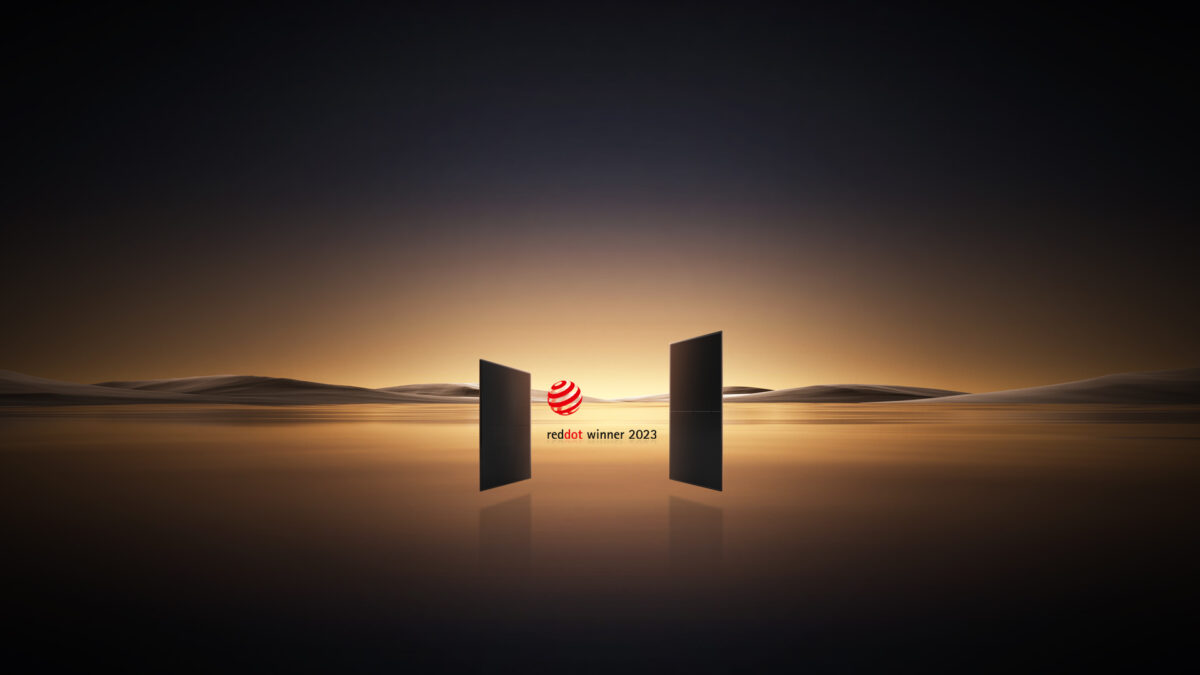The once-in-a-decade technology shift you’ve been seeking is here. Many leading solar modules will comprise n-type TOPCon technology within the coming years. In a similar uptake to the polycrystalline/ poly PERC to mono PERC (p-type) adoption, n-type TOPCon (Tunnel Oxide Passivated Contact) improves module efficiency one step further toward improved power density from a nominated area. Made more feasible with cell manufacturers bringing n-type TOPCon technology to the mainstream, TOPCon is here to stay on an exponential level.
Contents
Within solar, the smallest percentages make the most significant difference, and that’s the appeal of TOPCon compared to the popular PERC (Passivated Emitter and Rear Contact) of the decade prior. However, improvements are not limited to efficiency alone. Temperature Coefficient, potentially one of the most influential factors outside of Standard Test Conditions (STC), is significantly improved compared to monocrystalline PERC.
1.0 TOPCon History and Technology
In 1985, Yablonovitch proposed that an ideal solar cell be “constructed in the form of a double heterostructure,” with the absorber sandwiched between two wide-gap materials with opposing doping (Yablanovitch, Gmitter and R.M. Swanson 1985). In the 1980s, the commercial success of polysilicon emitter (which was demonstrated by Yablonovitch) technology in high-speed logic circuits prompted some researchers to adopt similar polysilicon contacts to solar cells to increase Voc (open-circuit voltage).
Hence, a group of researchers from Germany (F.Feldmann, et al. 2013) took a similar approach as Yablonovitch and created TOPCon, which is an abbreviation for Tunnel Oxide Passivated Contact. TOPCon comprises an ultra-thin tunnel oxide and a phosphorus-doped silicon layer (F.Feldmann, Bivour, et al. 2013). It offers a simple processing scheme compatible with high-temperature processes such as diffusion.
More information on TOPCon Technology
The Fraunhofer Solar Energy Institute in Germany created TOPCon cell technology, a revolutionary passivated contact solar cell. As the diagram below indicates, passivation is a vital technique in determining the cell’s maximal efficiency (Solar 2021).
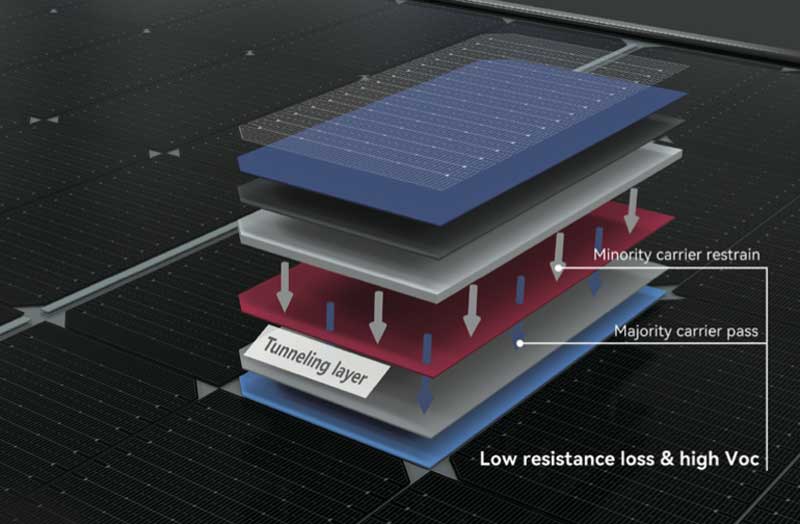
Figure 1: TOPCon cell technology (Jinko Tiger Neo)
TOPCon cell uses a micro-nano tunnelling oxide layer, a carrier-selective microcrystalline silicon film laminated functional structure on the back, and cutting-edge and high-efficiency passivation contact technology. This novel structure exhibits a two-way enhancement in passivation performance and electrical conductivity, resulting in significant cell conversion efficiency and power output gains (J. Solar 2021). The tunnel oxide layer’s structure further minimises subsurface recombination, considerably improving cell conversion efficiency, with an upper limit of 28.2% to 28.7%.
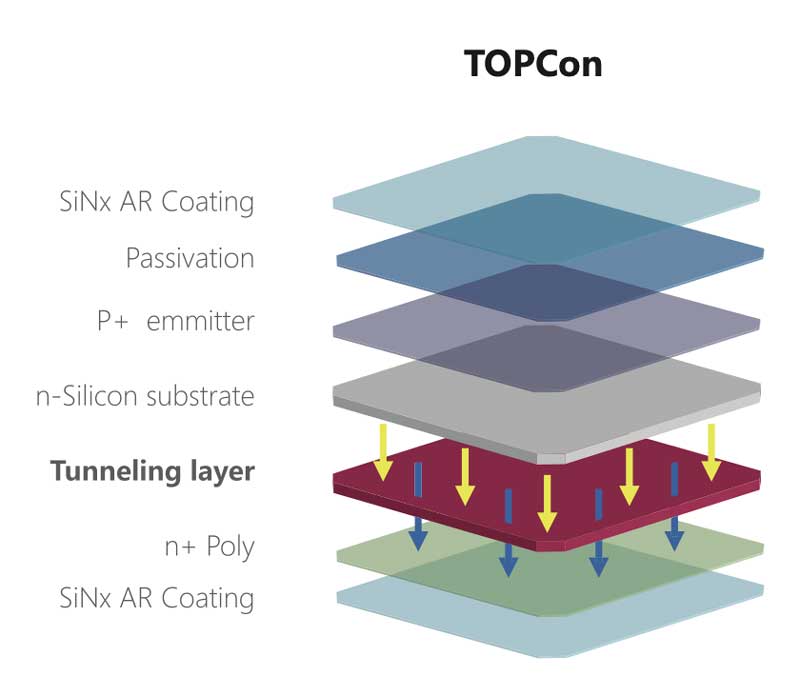
Figure 2: TOPCon exploded view (Solar 2021)
The TOPCon cell also requires substantially more silver in the metallisation than PERC, around 130-150mg per piece versus 85mg with PERC, driving up higher cell costs. Another concern is the cost of human resources, which is higher for TOPCon and more challenging to minimise compared to HJT due to the latter’s complex nine or even ten production procedures. Despite these obstacles, leading PERC cell manufacturers are still working on TOPCon. Jinko officially stated that “When comparing TOPCon to HJT in numerous dimensions, we (Jinko) currently stand [for] TOPCon,” (Shaw 2021).
2.0 The LCOE (Levelised Cost of Energy) Effect of a High-Efficiency Module
N-type TOPCon currently has a clear edge in mass manufacturing efficiency, cost control, and market share. As TOPCon cells improve efficiency, the power disparity between N and P-type modules will expand. Costs will continue to be reduced because of process improvement and new technologies (Solar 2021).
A study by (Kafle et al., 2021) investigates the recent volatility in Ag (silver) consumption prices and the PV industry’s growing share of industrial Ag use, which are expected to drive efforts to reduce Ag consumption in solar cells. Based on the International Roadmap for Photovoltaics predictions, the most optimistic scenario is to reduce Ag consumption of the cell by 50% of its current value (ITRPV) (VDMA 2020 ). In accordance with (Kafle et al., 2021), it’s worth noting that, assuming future metallisation concepts allow for a 50% reduction in Ag usage, TOPCon cell metallisation costs are comparable to PERC cell metallisation costs, with the former potentially achieving lower watt-peak prices ($/Wp) due to increased cell power.
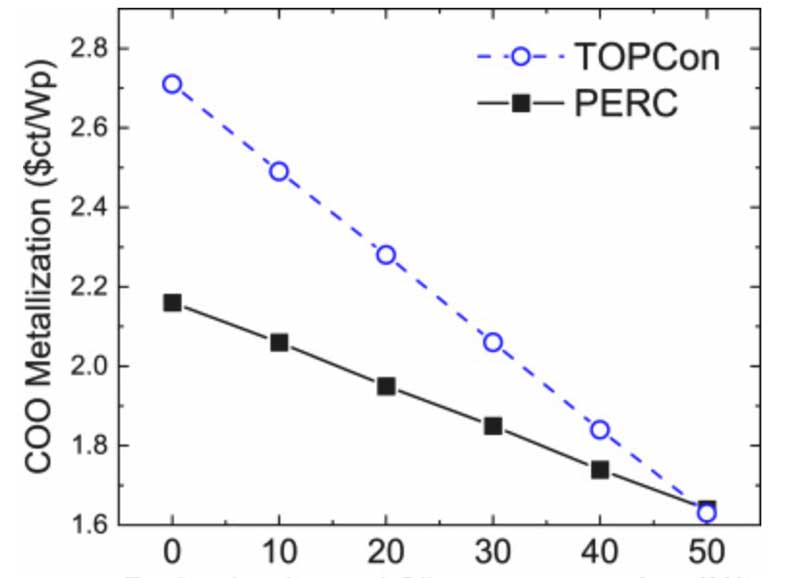
Figure 3: Reduction in total Silver consumption (%) (Kafle, et al. 2021)
3.0 Temperature Coefficient
TOPCon solar cells have recently demonstrated remarkable cell performance. They are anticipated to be implemented in production lines and deployed in the field (Le et al., 2021). The temperature coefficient (TC) is a vital figure of merit for accurately evaluating solar cell performance at various operating temperatures, thus allowing comparisons between different cell technologies. JinkoSolar has implemented TOPCon cell technology on Tiger Neo’s solar module.
For example, the Tiger Neo by JinkoSolar implemented the TOPCon cell technology in their modules. Take a P-type module, for instance, typically with a temperature coefficient range of -0.34%/ °C to -0.36%/ °C, whereas the Tiger Neo’s N-type has a temperature coefficient of -0.30%/ °C, which means that the power generation performance is awe-inspiring at high temperatures. The power output of Tiger Neo will grow as the temperature coefficient improves (0.75% higher compared with PERC) (Solar 2021).
4.0 Bifacial factor (Tiger Neo N-type TOPCon Module)
The original PERC module has a bifacial factor of 70%, while the TOPCon module has a modified bifacial factor of 85%. The corresponding power boost is around 2.03%. The power gain of a typical PERC module due to the rear side power gain is 9.45%. Still, the power gain of a TOPCon module is 2% more due to the 15% bifacial factor increase, according to the formula (under STC condition and average ground reflectivity) (Solar 2021).
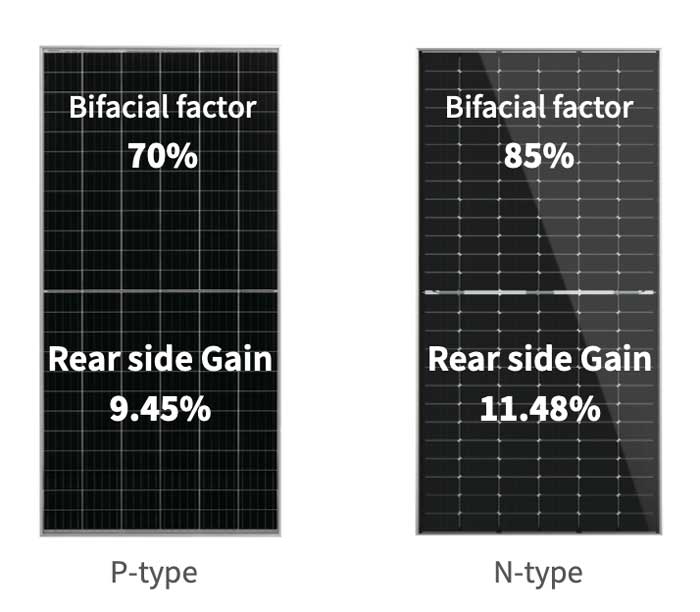
Figure 4: Bifacial factor – P-type vs N-type (Solar 2021)
5.0 TOPCon benefits
According to (Zhao 2021), TOPCon is the most promising solar cell for replacing PERC, approaching its efficiency limit, and becoming mainstream next generation. Although HJT has a high-efficiency limit, it has a significant long-term cost. Additionally, (Zhao 2021) stated that “TOPCon’s capacity growth tendency is the strongest in the short term compared to n-type HJT and IBC technologies, which is why we are optimistic about n-TOPCon technology”.
TOPCon has a higher potential for efficiency and stability. High LID and LeTID degradation have long been an issue for PERC cells. However, using n-type crystalline silicon in the TOPCon cell eliminates the potential for LID and LeTID deterioration. According to the data (Zhao 2021), the n-type will gain 0.5 % in the LID test, whereas the traditional p-type will lose 5%. Furthermore, TOPCon’s ultimate efficiency is around 28.7%, substantially better than PERC’s 25% and HJT’s 27.5%, and extremely near to monocrystalline silicon’s predicted maximum efficiency of 29.43% (Zhao 2021).
6.0 Solar Modules company incorporating TOPCon technology
Many of the top PV manufacturers, including CanadianSolar, GCL, JinkoSolar, Jolywood, SunPower, TrinaSolar, and Yingli, have publicly published their research on i-TOPCon for mass-produced Si solar cells with industrial tunnel-oxide passivated contacts (i-TOPCon) (M.Hermle et al., 2020) (O, Turner and Eggleston n.d.) (PV-magazine 2021) (D.Chen, Y.Chen and Z.Wang 2020) (Y.Chen, D.Chen and C.Liu 2019). The efficiencies of JinkoSolar and TrinaSolar’s pilot lines were claimed to be above 24.5% (PV-magazine 2021) (D.Chen, Y.Chen and Z.Wang 2020).
6.1 LONGi
LONGi, a PV module manufacturer, announced that it could boost the efficiency of its tunnel oxide passivated contact (TOPCon) solar cell by 0.12% in just one month. According to the manufacturer, the Institute for Solar Energy Research in Hamelin, the efficiency of its commercial-sized monocrystalline, n-type, bifacial product has been enhanced from 25.09% to 25.21%. There were no technical specifics about how the result was obtained. It claimed to have achieved a 25.02% power conversion efficiency for a p-type monocrystalline bifacial TOPCon solar cell, claiming that this is the first time a cell-based technology has done so. Furthermore, it claims to have achieved a monocrystalline heterojunction solar cell efficiency of 25.26% (Bellini 2021).
6.2 TrinaSolar
TrinaSolar, a global leader in PV and intelligent energy integrated solutions, recently announced that mass production of N-type i-TOPCon double glass bifacial modules has begun. A module with 144 half-cut i-TOPCon cells has the best frontside power output of 425 Wp and the best module efficiency of 20.7%.
Fraunhofer ISE’s world-record efficiency of 25.8% on small-area, single-side TOPCon cells has fueled institute and industry research and development of passivated contact solar cells. In 2015, Trina Solar’s State Key Laboratory of Photovoltaic Science and Technology (SKL PVST) began work on the i-TOPCon cell, a large-area bifacial TOPCon cell for industrial mass manufacturing. On i-TOPCon cells, Trina Solar achieved a frontside median efficiency of over 23% in 2019 (T. Solar 2019).
Trina Solar reported in May 2019 that their SKL PVST n-type mono-crystalline (c-Si) i-TOPCon solar cells had reached a new world record of 24.58% (T. Solar 2019). The i-TOPCon cell has a boron emitter in the front and a full-area passivating contact in the back. It was put into full-scale mass production in a workshop at Trina Solar’s Changzhou factory after being developed by the SKL PVST (T. Solar 2019).
7.0 Bibliography
- Richter, F.Feldmann, and J.Benick. 2018. “Tunnel oxide passivating electron contacts as a full-area rear emitter of high-efficiency p-type silicon solar cells.” Prog.Photovolt579-586.
- Alani, Omaima El, Mounir Abraim, Hicham Ghennioui, Abdellatif Ghennioui, Illyass Ikenbi, and Fatima-Ezzahra Dahr. 2021. “Short term solar irradiance forecasting using sky images based on a hybrid CNN–MLP model.” ScienceDirect7: 888-900.
- Bellini, Emiliano. 2021. LONGi, a Chinese PV module manufacturer, announced that it could boost the efficiency of its tunnel oxide passivated contact (TOPCOn) solar cell by 0.12% in just one month. According to the manufacturer, the Institute for Solar Energy Research in Hameli.2 June. https://www.pv-magazine.com/2021/06/02/longi-achieves-25-21-efficiency-for-topcon-solar-cell-announces-two-more-records/.
- Chen, Y.Chen, and Z.Wang. 2020. “24.58% total area efficiency of screen-printed, large area industrial silicon solar cells with the tunnel oxide passivated contacts (i-TOPCon) design.” Sol. Energy Mater.
- Feldmann, M. Bivour, C.Reichel, and and S.W. Glunz M.Hermle. 2013. “Solar Energy Materials & Solar Cells .”
- Feldmann, M.Bivour, C.Reichel, and M. Hermle and S.W. Glunz. 2013. “A Passivated Rear Contact for High Efficiency n-TYPE Silicon Solar Cells Enabling High VocS and FF>82%.” 28th European PV Solar Energy Conference and Exhibition .Paris: Fraunhofer Institute for Solar Energy Systems (ISE).
- Kafle, Bishal, Baljeet Singh Goraya, Sebastian Mack, Frank Feldmann, and Sebastian Nold and Jochen Rentsch. 2021. “TOPCon – Technology options for cost efficient industrial manufacturing.” Solar Energy Materials and Solar Cells|ScienceDirect.
- Le, Anh Huy Tuan, Rabin Basnet, Di Yan, Wenhao Chen, Naomi Nandakumar, Shubham Duttagupta, and Johannes P.Seif and Ziv Hameiri. 2021. “Temperature-dependent performance of silicon solar cells with polysilicon passivating contacts.” Solar Energy Materials and Solar Cells
- Hermle, F.Feldmann, M.Bivour, J.C. Goldschmidt, and S.W Glunz. 2020. “Passivating contacts and tandem concepts: approaches for the highest silicon-based solar cell efficiencies.” Appl. Phys. Rev.
- O, Schultz-Wittmann, Turner, and Eggleston. n.d. “High volume manufacturing of high efficiency crystalline silicon solar cells with shielded metal contacts.” In: 32nd European Photovoltaic Solar Energy Conference and Exhibition456-459.
- PV-magazine. 2021. Jinko claims 24.79% efficiency for n-type monocrystalline cell.01 06. https://www.pv-magazine.com/2021/01/06/jinkosolar-claims-24-9-efficiency-for-n typemonocrystalline-cell/#::text=2020-JinkoSolar%20claims%2024.9%25% 20efficiency%20for%20n%2Dtype%20monocrystalline%20cell,Solar%20Energy%20Research%20(ISFH).&text=Jinko%20has.
- Shaw, Vincent. 2021. The weekend read: Life after PERC .8 May . https://www.pv-magazine.com/2021/05/08/the-weekend-read-life-after-perc/.
- Solar, Jinko. 2021. “Tiger Neo N-Type TOPCon Module white paper.”
